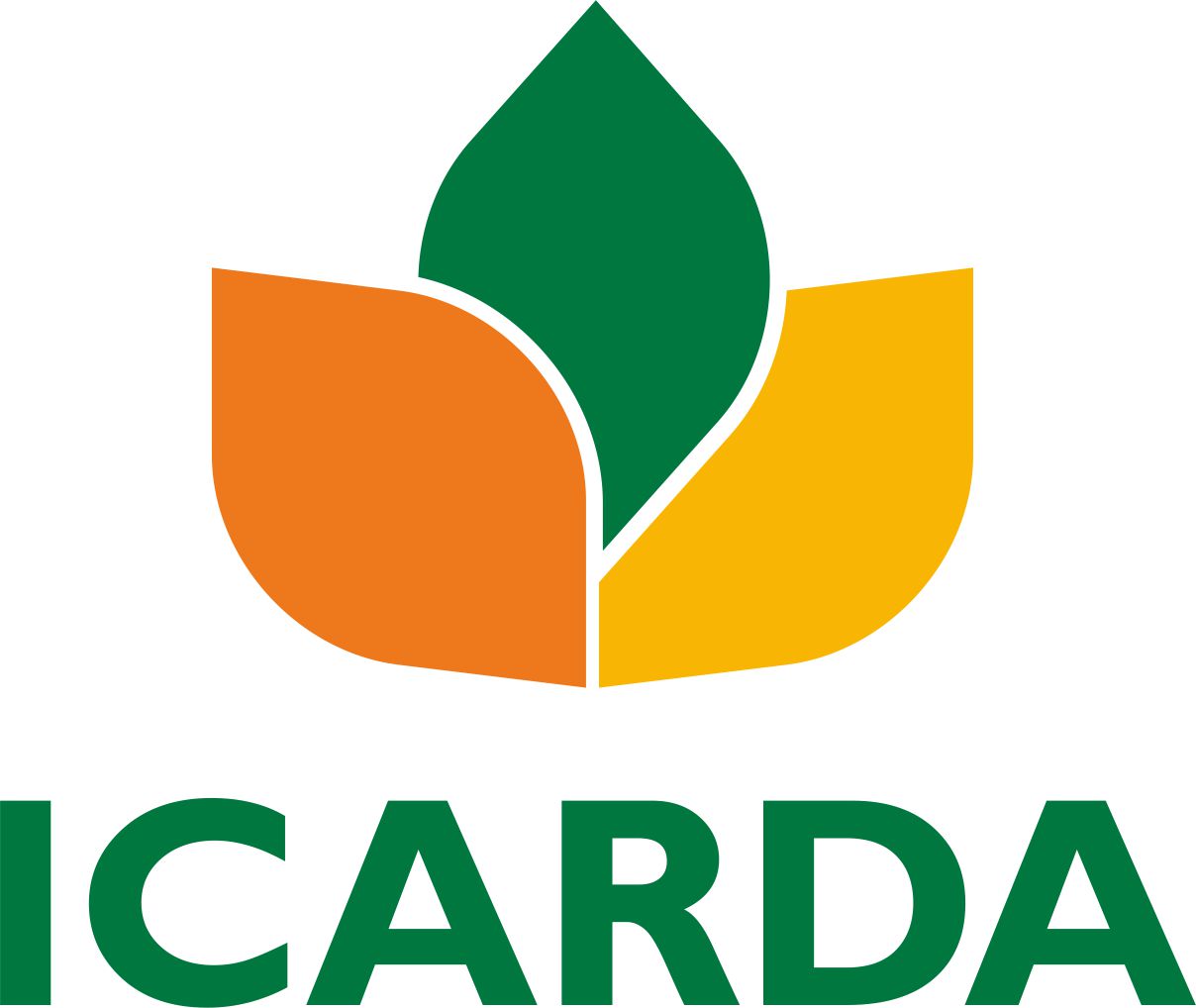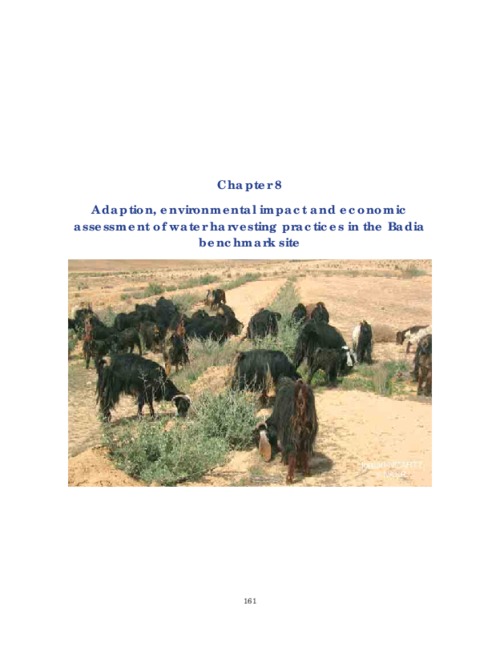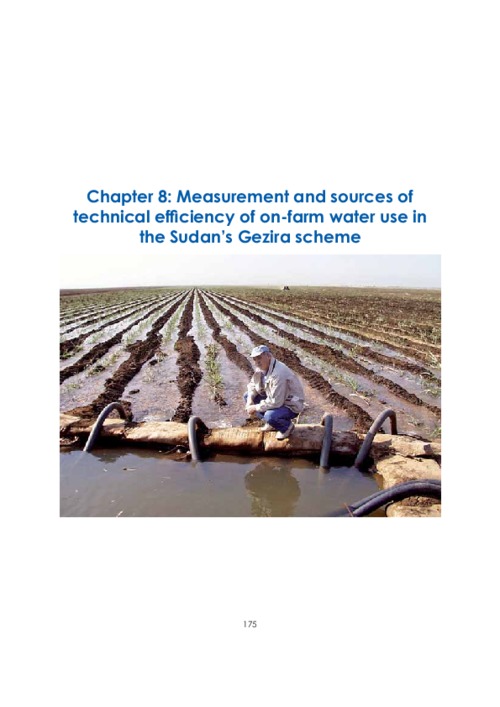Location
The International Center for Agricultural Research in the Dry Areas (ICARDA) was established in 1977. It is one of 15 such centers supported by the CGIAR. ICARDA’s founding mandate to promote agricultural development in the dry areas of developing countries remains highly relevant today.
ICARDA works with a tight focus on the problem-solving needs of resource-poor farmers, achieving this through the in-field delivery of its research outputs. Although global food production has increased by 20 per cent in the past decade, food insecurity and poverty remain widespread, while the natural resource base continues to decline.
International research centers such as ICARDA, which have helped drive previous improvements, continue to deliver new technologies to support sustainable growth in agriculture, and crucially, to work with a wide range of partners to accelerate the dissemination of these technologies.
ICARDA’s biggest strength is its staff – 600 highly skilled men and women from 32 countries. Our research and training activities cover crop improvement, water and land management, integrated crop-livestock-rangeland management, and climate change adaptation.
Other interventions include:
- Water harvesting - supplemental irrigation and water-saving irrigation techniques
- Conservation agriculture methods to reduce production costs and improve sustainability
- Diversification of production systems to high-value crops – horticulture, herbal and medicinal plants
- Integrated crop/rangeland/livestock production systems including non-traditional sources of livestock feed
- Empowerment of rural women – support and training for value-added products.
The ICARDA genebank holds over 135,000 accessions from over 110 countries: traditional varieties, improved germplasm, and a unique set of wild crop relatives. These include wheat, barley, oats and other cereals; food legumes such as faba bean, chickpea, lentil and field pea; forage crops, rangeland plants, and wild relatives of each of these species.
ICARDA’s research portfolio is part of a long-term strategic plan covering 2007 to 2016, focused on improving productivity, incomes and livelihoods among resource-poor households.
The strategy combines continuity with change – addressing current problems while expanding the focus to emerging challenges such as climate change and desertification.
We work closely with national agricultural research systems and government ministries. Over the years the Center has built a network of strong partnerships with national, regional and international institutions, universities, non-governmental organizations and ministries in the developing world and in industrialized countries with advanced research institutes.
THE ‘DRY AREAS’
Research and training activities cover the non-tropical dry areas globally, using West Asia, North Africa, Central Asia and the Caucasus as research platforms to develop, test, and scale-out new innovations and policy options.
Dry areas cover 41 per cent of the world’s land area and are home to one-third of the global population. About 16 per cent of this population lives in chronic poverty, particularly in marginal rainfed areas. The dry areas are challenged by rapid population growth, frequent droughts, high climatic variability, land degradation and desertification, and widespread poverty. The complex of relationships between these challenges has created a "Poverty Trap."
Members:
Resources
Displaying 376 - 380 of 431Benchmarks Database Development: the Badia research site
This report is a documentation of data gathered during the project for the Badia Benchmark, organized in a way to facilitate the on of various disciplines. The purpose is, to facilitate the use of this data for better management of resources during the project and to provide accessible and user friendly database that is suitable for use beyond the project lifetime. It is anticipated that future research and development projects, will build upon this database and continue the documentation to enhance the use of data for the Badia and similar areas.
Rehabilitation and Integrated Management of Dry Rangelands Environments with Water Harvesting
The Central and West Asia and North Africa (CWANA) region encompasses large areas of arid and semi-arid zones. These zones may be defined as areas where rainfall, relative to the level of evapotranspiration, is inadequate to sustain reliable crop production. Most of the arid and semi-arid zones of the CWANA region are rangelands and are characterized by wide variability in rainfall and temperature. Droughts are common, resulting in low forage production and crop productivity as well as water scarcity.
Adaption, environmental impact and economic assessment of water harvesting practices in the Badia benchmark site
The shortage of water in arid zones represents the most serious obstacle to poverty reduction because it limits the extent to which poor producers of crops and livestock can take advantage of opportunities arising from emerging markets, trade, and globalization. Water shortage in arid zones limits the variety and quantity of crop and livestock products a smallholder can produce, thus narrowing their range of options.
ICARDA Annual Report 2010
Global food production has increased by 20% in the past decade – but food insecurity and poverty remain widespread , while the natural resource base continues to decline. International research centers, which have helped drive previous improvements, must continue to deliver new technologies to support sustainable growth in agriculture; and to work with other partners to accelerate the dissemination of these technologies.
Measurement and sources of technical eficiency of on-farm water use in the Sudan’s Gezira scheme
The literature identifies two common approaches for estimating technical efficiency. One approach is based on non-parametric, non-stochastic, linear programming. This suffers from the criticism that it does not take into account the possible influence of measurement error and other noise in the data (Coelli, 1995). The second approach uses econometrics to estimate a stochastic frontier function, and to estimate the inefficiency component of the error term. The disadvantage of this approach is that it imposes an explicit and possibly restrictive functional form on the technology.







